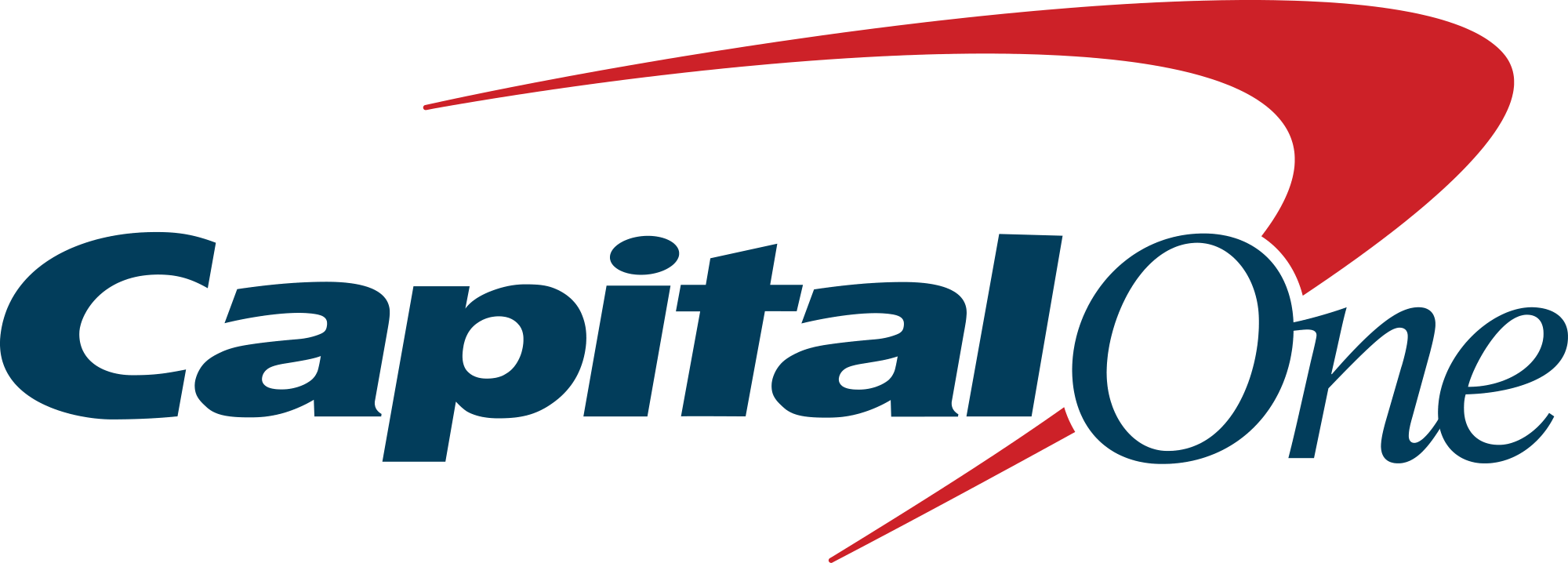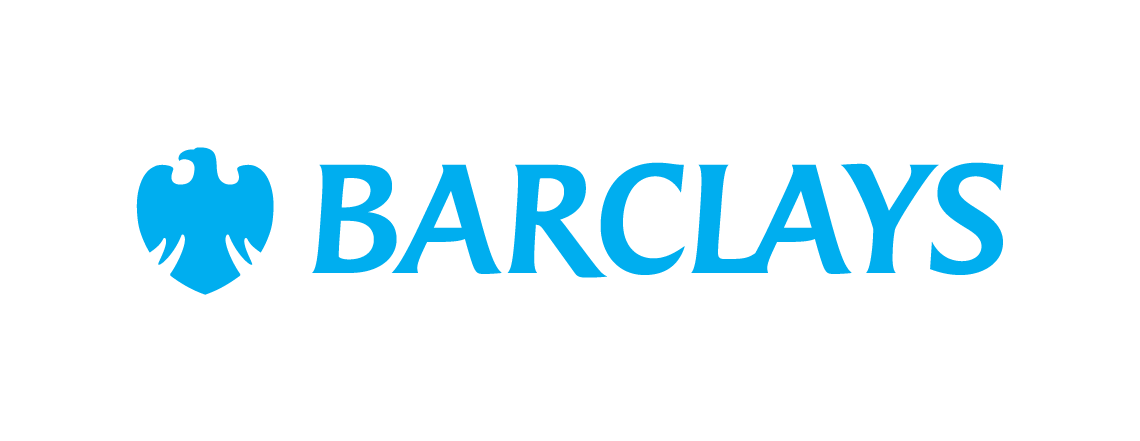When you retire, your money needs to do two things: stay safe and support your lifestyle. After years of hard work, the last thing you want is to risk your nest egg. You need your money to grow enough that it doesn’t run out, while protecting yourself from outsized risk.
Experts typically suggest that retirees keep about 40% of their money in the stock market. But that other 60% needs to be more accessible and protected.
Here are four of the safest options.
1. High-yield savings accounts
High-yield savings accounts (HYSAs) are a go-to option for retirees looking for safety and flexibility. HYSAs offer much higher interest rates than traditional savings accounts, helping your money grow while staying easily accessible.
Our Picks for the Best High-Yield Savings Accounts of 2025
|
American Express® High Yield Savings Member FDIC. APY 3.70%
Rate info
Member FDIC.
|
3.70%
Rate info |
$0 |
|

Capital One 360 Performance Savings Member FDIC. APY 3.70%
Rate info
Member FDIC.
|
3.70%
Rate info |
$0 |
|

Barclays Tiered Savings Member FDIC. APY 4.15%
Rate info
Member FDIC.
|
4.15%
Rate info |
$0 |
The national average savings account interest rate is just 0.41%. But some of the best high-yield savings accounts offer annual percentage yields (APYs) over 4.00%. If you deposit $10,000 in an HYSA, after five years it will have earned about $2,000 more than an account earning the average rate of 0.41%.
These accounts are typically insured by the FDIC (Federal Deposit Insurance Corporation) up to $250,000 per depositor, per bank. That means even if your bank goes under, your money is protected.
Start earning more than 10 times the national average on your cash now. Sign up for a high-yield savings account today.
2. Certificates of deposit (CDs)
If you’re looking for a safe way to earn a bit of interest, consider certificates of deposit. CDs are time-bound deposits that offer a fixed interest rate. The longer you lock in your money, the higher the rate you’ll generally earn. However, right now some shorter-term CDs are out-earning their longer counterparts.
Like savings accounts, CDs are FDIC insured up to $250,000 per depositor, per institution. The main trade-off? Your money is tied up until the CD matures. However, a CD laddering strategy — spreading your money across multiple CDs with staggered maturity dates — can help maintain some liquidity while maximizing returns.
3. U.S. Treasury securities
U.S. Treasury securities, such as Treasury bonds, bills, and notes, are backed by the full faith and credit of the U.S. government, making them one of the safest investments in the world. For retirees, Series I savings bonds (I bonds) are particularly attractive because they adjust for inflation, protecting your purchasing power.
Treasuries are low-risk and can provide predictable income, but they generally offer modest returns. You can purchase them directly from the government at TreasuryDirect.gov, often with no fees.
It’s worth noting that I bonds also come with maturity dates and withdrawal restrictions. You have to own an I bond for a year before you can cash it out. But if you cash out your bond before five years, you sacrifice three months of interest.
4. Fixed annuities
Fixed annuities can provide a guaranteed income stream, which is appealing for retirees looking for steady cash flow. You purchase an annuity from an insurance company, and in return, they pay you a fixed amount regularly — sometimes for life.
Unlike variable annuities, fixed annuities aren’t tied to the stock market, so there’s no risk of losing principal. They also come with certain tax advantages, as earnings grow tax-deferred until you withdraw them.
However, it’s crucial to choose reputable insurers with strong financial ratings to ensure your payouts are secure.
Protect your cash
Safety doesn’t have to mean sacrificing all growth. By blending options like high-yield savings accounts, CDs, Treasury securities, and fixed annuities, retirees can balance security with steady returns.
Remember, the best place for your money depends on your personal needs — liquidity, income, and risk tolerance. And when in doubt, a financial advisor can help tailor the right mix for your retirement journey.

